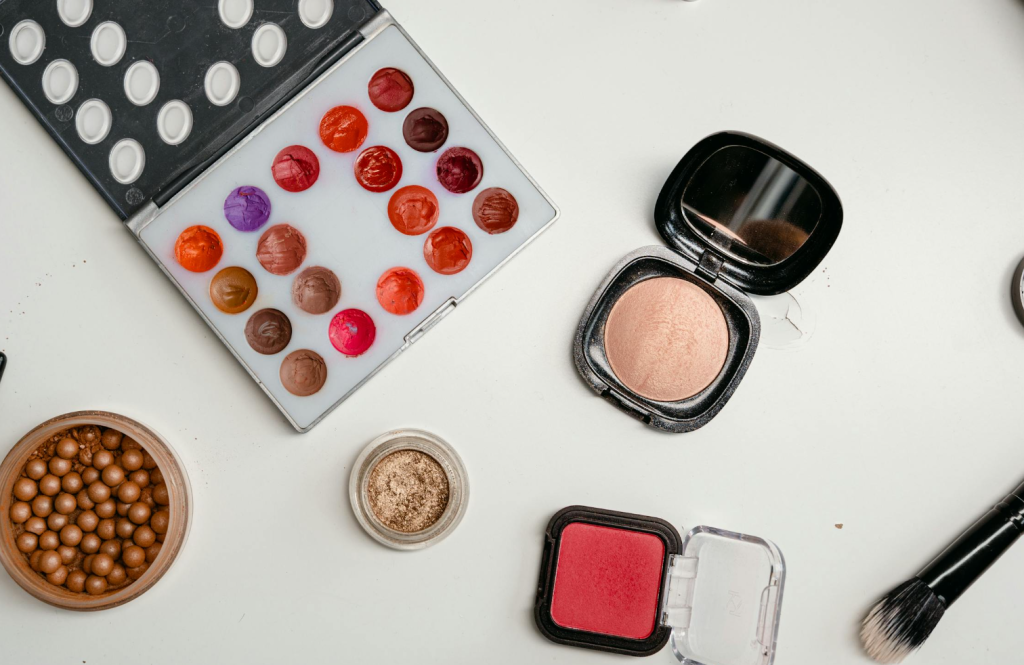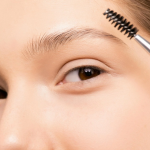Introduction
Choosing the right foundation shade can feel like a daunting task, but it doesn’t have to be! The foundation is the base of your makeup routine and sets the stage for a flawless look. This guide will help you navigate the world of foundation, ensuring you pick the perfect shade that matches your skin tone and type.
Importance of Choosing the Right Foundation Shade
Wearing the wrong foundation can lead to an unnatural look, making your makeup appear cakey or mismatched. A well-chosen shade enhances your natural beauty, providing a seamless canvas for the rest of your makeup.
Overview of Foundation Types
There are various types of foundations available, from liquids and creams to powders and sticks. Each type caters to different skin needs and preferences, so understanding these options is crucial for making the right choice.
Understanding Your Skin Type
Before selecting a foundation, it’s essential to know your skin type.
Oily, Dry, Combination, and Sensitive Skin
Oily skin may benefit from mattifying formulas, while dry skin often requires hydrating foundations. Combination skin might need a balance between the two, and sensitive skin may necessitate hypoallergenic options.
How Skin Type Affects Foundation Choice
The right formula can enhance your skin’s appearance. For instance, if you have dry skin, a hydrating liquid foundation will work wonders, while oily skin might do better with a powder foundation that absorbs excess oil.
Determining Your Undertone
Understanding your skin’s undertone is a game-changer in finding the right foundation shade.
What Are Undertones?
Undertones are the subtle hues beneath the surface of your skin that affect how colors appear on you.
The Three Main Undertones
- Cool Undertones: If your skin has pink, red, or blue hues, you likely have cool undertones.
- Warm Undertones: If your skin leans toward yellow, peach, or golden tones, you’re in the warm undertone category.
- Neutral Undertones: This means you have a balance of both cool and warm tones, giving you the flexibility to wear various shades.
Testing Foundation Shades
Once you understand your skin type and undertone, it’s time to test foundation shades.
Best Places to Test Foundation
Always test foundation in a well-lit area, preferably near natural light, to see how it truly looks on your skin.
How to Test Foundation on Your Skin
Apply a small amount of foundation on your jawline or wrist. Blend it out and see how it looks throughout the day, as some formulas may oxidize or change color.
The Importance of Natural Light
Natural light reveals the true color of foundation, helping you make a more accurate choice.
Different Foundation Formulations
Foundations come in various formulations, each catering to specific needs.
Liquid Foundations
These are versatile and can range from sheer to full coverage, making them suitable for most skin types.
Cream Foundations
Cream formulas often provide a more hydrating option, ideal for dry skin.
Powder Foundations
Great for oily skin, powder foundations can help absorb excess oil and give a matte finish.
Stick Foundations
These are convenient and can offer buildable coverage, perfect for touch-ups on the go.

Seasonal Changes and Foundation
As the seasons change, so may your foundation needs.
How to Adjust Your Shade for Different Seasons
In summer, you might need a darker shade due to sun exposure, while winter may require a lighter shade as your skin tone lightens.
The Impact of Sun Exposure
Frequent sun exposure can alter your skin tone, so it’s essential to adjust your foundation accordingly.
Common Mistakes to Avoid
Even the best of us can make mistakes when choosing foundation.
Choosing the Wrong Shade
A common error is picking a shade that’s too light or dark. Always test and compare with your skin tone.
Ignoring Skin Changes
Your skin can change due to factors like aging or skincare routines, affecting how foundation looks and feels.
Not Testing in Natural Light
Remember, what looks good indoors may not translate well outdoors. Always check your foundation in natural light before making a decision.
Conclusion
Choosing the right foundation shade involves understanding your skin type, undertones, and how different products work for you. Remember to test shades in natural light and be willing to adjust your choice as your skin changes. With this guide, you’re well on your way to achieving that flawless look!
FAQs
How do I know if my foundation matches my skin?
Test the foundation on your jawline and see if it blends seamlessly with your skin.
Can I mix different shades of foundation?
Absolutely! Mixing shades can help you achieve a perfect match, especially as your skin tone changes.
What should I do if my foundation oxidizes?
If your foundation darkens throughout the day, consider using a mattifying primer or switching to a different formula.
How often should I change my foundation shade?
Change your foundation shade with the seasons or if your skin tone changes significantly.
What is the best foundation for oily skin?
Look for oil-free, mattifying foundations that help control shine and provide long-lasting coverage.

